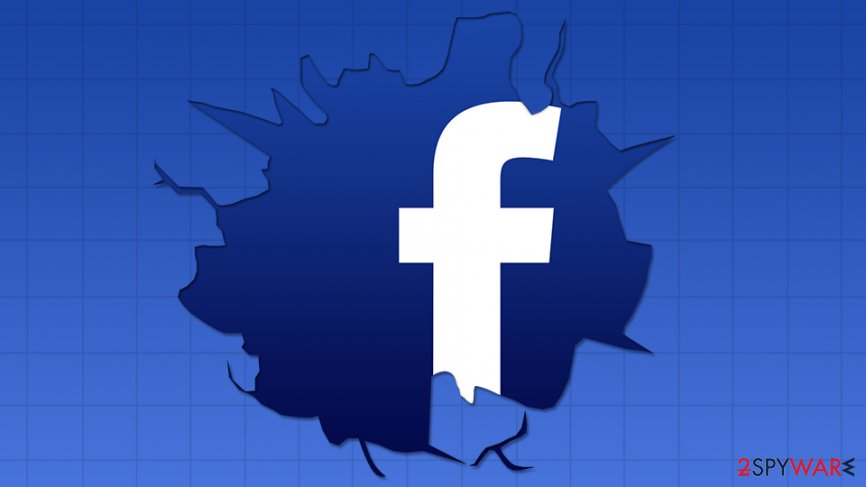Is This Link Safe
Check Out Shortened Links. To scan the mysterious shortlinks you’ll often find on Twitter and Facebook, use Sucuri. Sucuri automatically expands the shortlink and draws upon a handful of services, such as Google, Norton SafeWeb, and PhishTank, to determine if the real link is safe. You can also use Sucuri for scanning nonshortened links, but URLVoid checks more sources. Aug 26, 2011 Laptops How to check if a Web site is safe. Is that link on your Facebook wall truly the funniest thing ever, or is it a nefarious attempt to hook you with a phishing attack?

Scan a Link For Malware Using VirusTotalTo do this, you’ll need to locate a file’s download link. That’s the direct link to download the file, not just the address of the file’s download page. For example, if you want to scan a.exe file, you’ll need the direct link to the.exe file. If you want to scan a.doc file, you’ll need the direct link to the.doc file. You can spot this by mousing over the link and looking at the address in your browser.Right-click the link and select “Copy link address” in Chrome, “Copy Link Location” in Firefox, or “Copy link” in Edge.Next, head to in your web browser. This tool has been owned by Google since 2012.Click the “URL” tab on the page and then paste the link you copied into the box.
Click the search button or press Enter to scan the file.VirusTotal will download the file you specified to its servers and scan it with a large number of different antivirus engines. If other people have recently scanned the file, VirusTotal will show you the recent scan results.If you see “No engines detected this URL”, that means that none of VirusTotal’s antivirus engines said there was a problem with the file.The “0/65” means the file was detected as malicious by 0 of VirusTotal’s 65 antivirus engines. This means it should be clean. Of course, it’s possible that new and exotic malware may not be detected by any antivirus programs yet, so it’s always a good idea to be careful and only get software from sources you trust.
(In fact, not two days after publishing this article, our example file—CCleaner 5.33—. A perfect example of how VirusTotal, while useful, isn’t perfect!)If one of the antivirus engines detects a problem with a file, you’ll see a note saying that a number of antivirus engines detected the URL as a problem.In some cases, the opinion may be near unanimous. In other cases, only a few antivirus tools may have a problem with the file. This is often a false positive, though in certain circumstances it could be that some antivirus tools have spotted new malware before others. You can scroll down to see which antivirus tools had a problem with the file, view more details about the file, and see community comments about whether the URL is safe or not. (In some cases, for example, it may just be flagged for including bundled crapware, which is easily bypassable.)If you end up scanning a file download page instead of the downloaded file itself, you’ll see a “Downloaded file” link on the VirusTotal page. Click the icon to the right of “Downloaded file” to see more analysis about the file that web page downloads.Integrate VirusTotal Into Your BrowserTo make this process easier, the VirusTotal project offers.
These will integrate VirusTotal into your browser, allowing you to right-click a link on any web page and select a “Scan with VirusTotal” option. You won’t have to visit the VirusTotal website and copy-paste a link.Extensions are available for,. Download the appropriate extension and you can right-click a link and select the VirusTotal option to quickly scan it and see the results.If VirusTotal is unanimous that a file is dangerous, you should stay away. If the results are mixed, you should be careful, but you may want to examine the more detailed antivirus results to see why they say the file is dangerous.If a file is clean, that means it’s not detected by any antiviruses as malware. That doesn’t mean it’s safe, of course—antivirus software isn’t perfect and may not detect new malware, so ensure you’re getting your programs from a trusted source.
How Invasive is the Advertising?This one requires a bit of intuition and detective work, but you can often tell the credibility of a site by the amount and type of advertising it has. Occasional banners like you see here on MTE and many other sites are standard practice (we have to make our money somehow!), but there are certain types of ads that you should read as a red flag. Even if these types of ads don’t make a site “malicious”, they imply poor site management and therefore you should be very cautious when browsing them.Pop-up ads: Good websites don’t host pop-up ads. If new windows containing ads happen, then that’s a bad sign.Interactive ads: Ads that require you to do things like answer questions and surveys for third parties.Redirecting ads: Many less reputable sites have banners with “Download” buttons that look like they should download the thing you want to download, but end up redirecting you to some other sneakily advertised software. If a site’s doing this, or is unclear about what you’re downloading from it, then you should take your browsing elsewhere. Do Trust Seals Mean Anything?A trust seal is usually represented by a badge in one of the corners of a web page, which you can then click to link through to the seal provider’s website.
Is This Website Safe


There are numerous providers of these seals, like VeriSign, PayPal Verified, TrustE and more.The thing is, it’s easy for any scam website to just copy-and-paste the images for these seals and plaster them onto their website. They’d be breaking the law under Fair Use, of course, but they’re scammers anyway. Why should they care? Unless the seal links through to the actual site, which it rarely does, you just can’t be sure.Also be wary of things like “Microsoft Certified” or Norton or McAfee-secured.
Is This Link Safe To Click
Microsoft Certified is basically meaningless, while the latter can be used on any website that doesn’t contain an actual virus. It doesn’t mean that that site won’t run off with your card details if you hand them over.A seal like the ones you see above may or may not mean something, and you shouldn’t take them at face value but click through and research the seal providers. Does the Website Use HTTPS?HTTPS is compulsory for any website, whether is is an e-commerce site or a simple blog. HTTPS prevents man in the middle attacks, such as or spoofing, by encrypting traffic to and from the server.On websites that use HTTPS, the browser will display a green padlock in the address bar. On some websites, you may see the company name also indicated along with the green padlock. This is a stronger signal than just the green padlock for judging website security, because it helps you trust that the entity behind the website is legit.Right now, browsers show a “Not Secure” warning on HTTP webpages that contain forms, such as login forms.
Refrain from entering your information on such webpages as that provides an easy way for third party hacker to sniff and steal your passwords or credit card information.In the near future, browsers will show the notice by default for all webpages loaded over HTTP, regardless of whether they collect sensitive information or not.Note: The presence of the green padlock does not indicate that a website will not use your data for malicious purposes. It just means that the information that is loaded on the webpage or submitted to the server will not be intercepted, stolen or modified by a third party. Phishing websites can also implement HTTPS to appear to be legitimate.If you are a site owner or administrator, and provide a quick, easy and free way to implement HTTPS on your website. Lookout for a privacy policyA good website will have a privacy policy that explains how it will use the data that it collects from its users. This will usually include information on how they keep your data, if they share your data with third parties and how you can request the deletion of your data. Make sure to read this document before submitting any personal data or making a purchase. Locate the website’s return policyIf you’re shopping online, make sure the website you’re buying from has a return policy.
If you’re not satisfied with your purchase, you can easily return it and get a full refund. Make sure the entity behind the website is realLook for social signals that the individual or company behind a website is real.
A physical address and phone number provides some social proof. If this information is not on the website, try performing a here to find out who owns the domain, where and when the site was registered, contact information, and more. Pay attention to browser warningsWhen a website has been compromised, the browser will usually notify you and advise that you do not continue on to the site.
It is important to exit unsafe websites immediately to protect your data from being stolen.